#engelmanns prickly pear
Text



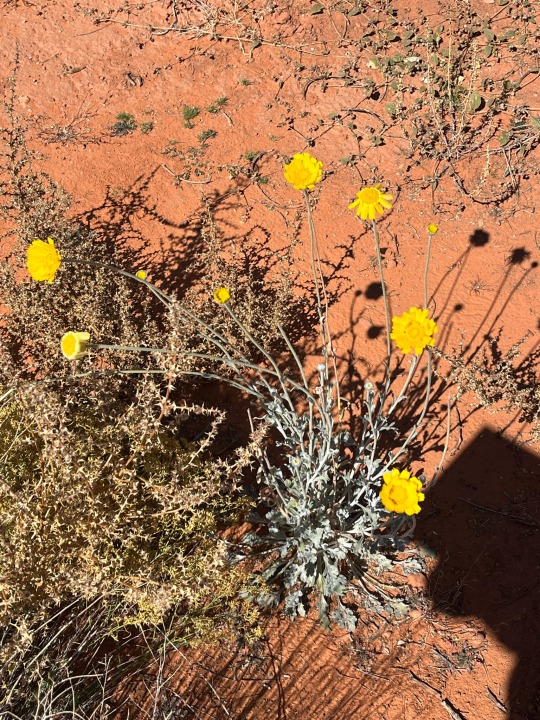
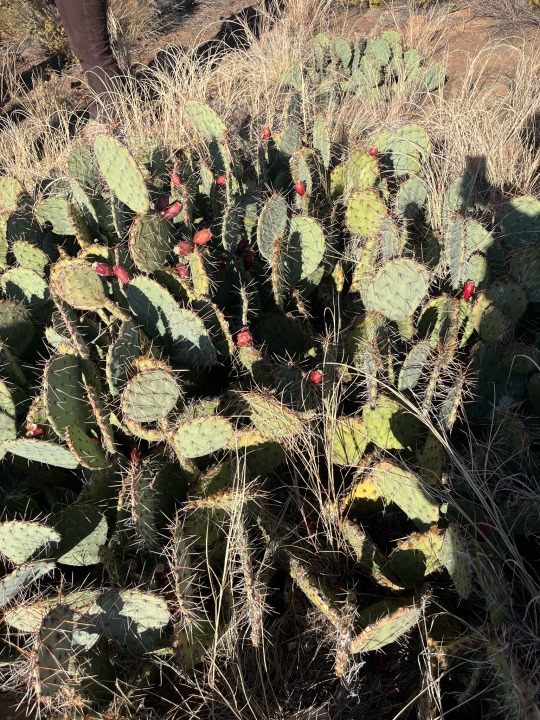


A few days in the desert
#love this area#Hana talks#Mojave#Great Basin#Colorado plateau#Arizona toad#engelmanns prickly pear#chuckwalla#desert marigolds#cholla
12 notes
·
View notes
Photo

Untitled.
#photographers on tumblr#cactus flower#Engelmann's prickly pear#Opuntia engelmannii#Arizona-Sonora Desert Museum#Tucson#Arizona
135 notes
·
View notes
Text

White Woolly Daisies (Eriophyllum lanosum) and Engelmann Prickly Pear (Opuntia engelmannii), Superstition Mountains, Arizona.
132 notes
·
View notes
Text

Wild Coyote & Leaping Pronghorn, Dec 2023, ink.
List of north american prairie species shown here, roughly top to bottom: Northern Bobwhite, Engelmann's Milkweed, Augochlora sweat bees, Indiangrass, Pronghorn, Widow Skimmer dragonfly, Blue Darter dragonfly, Common (White) Yarrow, Bluet damselfy, Coyote, Giant Grassland Cicada, seeds of Prairie False Foxglove, American Basketflower seedheads, Firewheels, Prickly Pear cactus, Rainbow grasshoppers, Sideoats Grama.
#my art#artists on tumblr#wildlife illustration#pronghorn#coyote#grassland#ink#prairie#this is mostly one ink color. it's so easily workable it's almost impossible to add the blue - I should have done the blue first#christmas gift for my dad since he liked the other unhinged coyotes I have drawn#described#ID in alt text
47 notes
·
View notes
Text
This week's curiosity plant is Opuntia engelmannii, in the CACTACEAE family! It has several common names, including Engelmann's prickly pear, Texas prickly pear, and desert prickly pear.
This cactus can be identified by its flat pads that are obovate to round in shape and grow in a shrub-like form. Its spines range from 1-6 cm length, and can occur in clusters of 1-8. It produces yellow flowers and reddish-purple fruit, which can also bear spines.
Opuntia engelmannii is native to the Southwestern United States and Northern Mexico, favoring sandy or gravelly terrain. Its pads store water, allowing it to endure hot and dry conditions. A shallow root system also aids in its collection of rainwater. Its spines provide protection from herbivores, as well as a means of shedding excess heat.
[Drawing to be completed]
0 notes
Text
*plants 20 seeds & like 2 of them come up & like 1 of them survives seedling stage*
#i'm fine!!!!! i don't feel like a gardener failure#anyway i have a morning glory and either a tarragon or a huckleberry now#fingers crossed#every one of my self-seeded cucumers has perished so far lol#which like. i can't actually plant more because i don't have seeds.... wait do i? i might#that changes things actually. nice#also it's uh. it's not like i can't. buy more seeds#asparagus are going good borage is going good parsley and cilantro are thriving catnip is going good radishes are making their pods#fennel is good artichoke is hanging in there#echinaceas are coming back#my one spinach looks good#the two rainbow chard that survived the freeze are soooo happy#i have at least 4 new radish seedlings (from when i planted like 30 lmao)#(radishes are supposed to be easy. i think someone was eating them maybe? who knows)#ALL our trees are coming back after the freezes including our baby persimmon; baby fig; and semi-baby lilacs#one turk's cap and one columbine staying strong#oh plenty of sugar snap peas (new seedlings because they didn't survive the freezes)#esperanza; prickly pear; engelmann's sage all doing good#gregg's mist; oregano; whiteleaf mountain mint all thrivin'#lemon thyme getting by!!!#i'm always worried it's gonna die it seems to do best when you mess with it a lot but i don't wanna mess with it too much! instincts strong#i think that's about it...?#so it's not like i don't have plants#sure most of them are perennial or reseed themselves but that's ideal actually#oh i MIGHT have celery. not sure. keeping a close eye on them for signs of non-baby leaf#planted some sprouted potatoes but they haven't actually surfaced yet so i'm not gonna count 'em#i want more plants -_-#kinda outta compost though so#might plant another round of corn AFTER the composter has had time to convert more scraps to dirt#you're supposed to do corn continuously anyway i think
5 notes
·
View notes
Photo

Flowering Prickly Pear
(Clayton Lake State Park, New Mexico, June 2018)
--
This is my photo, please don’t repost without credit
#engelmann's prickly pear#prickly pear#cactus#flowering cactus#succulents#succulent#wild succulents#wild cactus#nature photography#naturewalk#nature pics#nature#hike#photography#photographers on tumblr#photographers of tumblr#clayton lake state park#new mexico#new mexico aesthetic#cactus aesthetic#succulent aesthetic#flower#flowers#camping aesthetic#camping and hiking#hiking#aesthetics#nature aesthetic#Aesthetic#my photos
9 notes
·
View notes
Text
Desert witchcraft- Cacti
This will be the first in several posts with correspondences to desert plants, primarily in Arizona because that is where I am from. I am starting this up because I don’t think there is enough posts directed to people who live in a hotter dryer climate, and It makes me sad to see people, especially baby witches who don’t think they can practice because they don’t get rain, snow, or have lavender that grows in fields near their homes.
This post will be all about cacti! One of the first thing that pops in most people’s heads when they think of the desert. And Arizona has plenty. Over 50 species! I am not going over all of them unfortunately, but I will be giving you the three more widely known and easily accessible ones.
The species cacti are ruled by Mars and the element fire. They all represent protection and endurance. (This link leads to a preview of a book I have purchased so you may not be able to view it, I recommend this book for green witches!)
Also check this out.
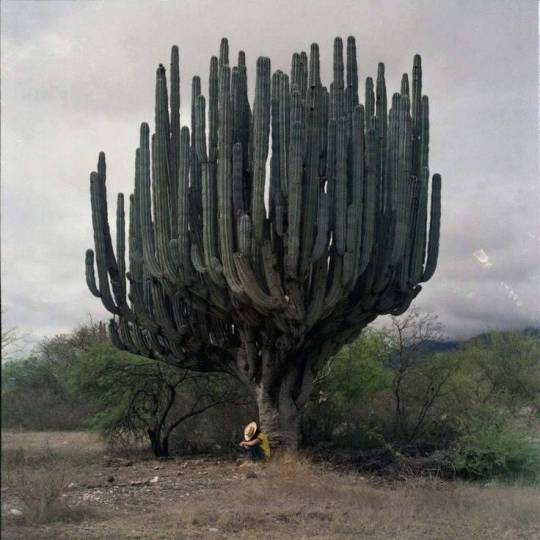
The first being Saguaro (carnegia gigantia)the flowers are our state flower. It is illegal to cut down or move them without permission from the state. (You can do jail time if you get caught) It mainly grows in Arizona, but there are found in the northern part of Mexico and they dribble off into California. They don’t start growing branches until they reach about 60 years, growing at about 2 inches per year! The flowers bloom white from April to June at about sunrise till noonish. The red fruit ripen in June. You can find Saguaro skeletons all over the desert of you go for a hike.
🌵Acceptance, beauty and adapting
Don’t cut up the Saguaro because you can get fined, but you can use the flowers, needles, or fruit. The fruit is edible and can be used to make jams. Most Mexican store will have fruit available when they are rippened, and maybe flowers. If you choose to use parts of the skeleton be careful because the needles might not have decomposed.
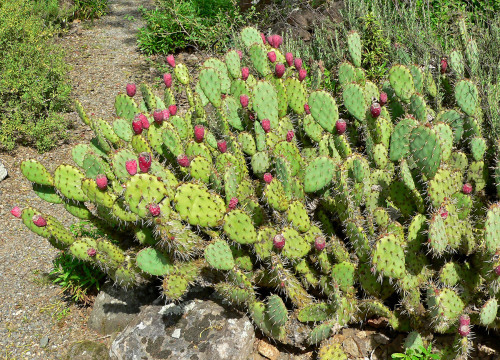
Next lets talk about prickly pears! Specifically Opuntia engelmannii. There are several varieties of prickly pears but engelmann is the more wide spread and easily identifiable. Almost the entire plant is edible and incredibly nutritious! The fruit “tunas” ripen late spring early summer but the pads are good year round.
🌵Hardiness and strength
Go for a hike and you will probably see a type of prickly pear cactus all over the place. Unless it is on private property you can just pick the fruit, pads, or flowers. Because of the needles!

Possibly my favorite and the most dangerous cactus in the Sonora desert is the jumping cactus (Cylindropuntia fulgida) also known as the jumping cholla (choy-ah). The pads disconnect from the main body and have hollow needles that are a lot longer than they look. They easily fall off when something comes into contact with the needles making it seem like they jump. The needles curve once in contact to keep hold. Usually you have to go see a doctor to get it removed with minimal injury and risk of infection. They bloom in March or April with yellow or pink flowers and fruit shortly after. DISCLAIMER don’t try to collect these without some protective gear.
🌵All cholla cactus varieties can be used in curses and protection from curses. The jumping cactus could be used in curses to stick and hold. Flowers and fruit can be used in beauty spells!
Hope this helped all my fellow desert witches out! My next post will probably be either detest herbs or flowers. I haven’t decided yet. If there is anything you want to see lemme know!
Trees Brush
124 notes
·
View notes
Photo

Engelmann's Prickly Pear Cactus #khan #khalilhanasir #lifeatnasa #iphone7plus (at White Sands Test Facility)
0 notes
Photo
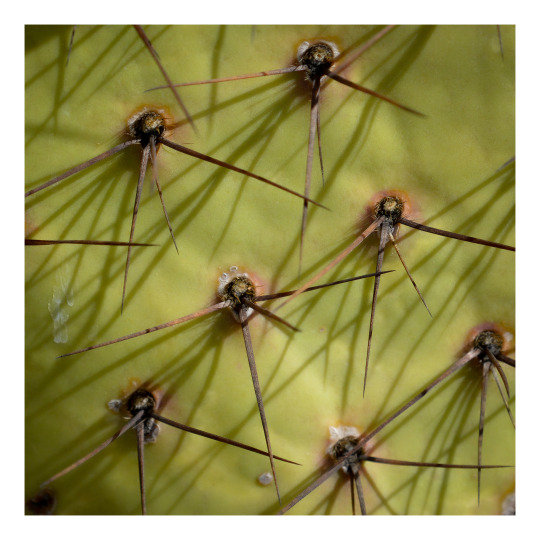
Untitled.
#photographers on tumblr#spines#shadows#Engelmann's prickly pear#Opuntia engelmannii#Arizona-Sonora Desert Museum#Tucson#Arizona
112 notes
·
View notes
Photo

Untitled.
#photographers on tumblr#nopal#Engelmann's prickly pear#Opuntia engelmannii#Arizona-Sonora Desert Museum#Tucson#Arizona
116 notes
·
View notes
Text




Coyote & Pronghorn details, Dec 2023, inks.
Full piece here.
Pronghorn are the fastest land animals in North America, and are thought to have evolved this speed to outrun an ancient extinct cheetah-like predator. Despite how I have drawn this one, they are not very good jumpers and often cannot pass fences which are passable for deer. Wildlife management groups recommend modifications to barbed wire fences so they can more easily crawl under without getting stuck.
Northern Bobwhite are very sensitive to habitat disruption and easy targets for many predators, so reintroduction efforts are challenging for them despite widespread logistical and financial support from hunters and outdoor enthusiasts. I have shown them flying past flowers of Engelmann's milkweed, another species that is very vulnerable to habitat destruction, and Indiangrass, one of the prairie plants whose seeds they eat.
Coyotes are among the few species which have enough cleverness, mobility, and flexibility in their food and shelter needs that they are able to survive in areas with little to no remaining natural habitat. They are able to live in prairies but are less reliant on them than many of their former neighbors.
Rainbow grasshoppers, which I have shown here heavily stylized on prickly pear cactus, have patterns of bright spots which serve to warn potential predators that they taste bad. They live almost exclusively in desert and shortgrass prairie (see Sideoats grama, a shortgrass, in the full sized piece). They don't do well in modified habitat like typical yards and parks, so most people have never seen one even if they live in the correct geographic area.
#artists on tumblr#wildlife illustration#coyote#prairie#pronghorn#my art#undescribed#grassland#cross timbers prairie
19 notes
·
View notes
Photo

Engelmann Prickly Pear (Opuntia engelmannii), Santa Rita foothills, Pima County, Arizona.
126 notes
·
View notes
Photo

Engelmann Prickly Pear (Opuntia engelmannii) with fruit, Pima County, Arizona.
878 notes
·
View notes
Photo

Engelmann Prickly Pear (Opuntia engelmannii), Pima County, Arizona.
105 notes
·
View notes
Photo

Engelmann Prickly Pear (Opuntia engelmannii), Santa Rita foothills, Pima County, Arizona.
76 notes
·
View notes